Wintersemester 2010/11,
Fractal Textile System
The variety of natural growth - in size, shape or texture - of- fers a wide range of exciting and unexpected features that can be transferred to the design or construction of surfaces. its aesthe- tic can play a role here, as well as its functionality. At first glance, cauliflower does not seem to be the prime example for this description. it is neither particularly robust, nor does it distinguish itself by an interesting, regular surface struc- ture or an attractive colour scheme. one sees more of an irregu- larly bulging landscape, kept in a monotonous whitish colour which structure seems to be mainly random.
in fact, its appearance is based on a particular growing prin- ciple: the cauliflower is, even if not visible at first glance, a fractal construction. its tree-like basic structure is repea- ted in each of its buds, which again are made up of even smaller tree-like elements. The principle of the fractal is the self-si- milarity. First discovered in 1975 as a geometric system by Benoit Mandelbrot, it soon became apparent that it occurs in almost all fields of nature. it describes natural structures that are not linear, but proceed fractured.
The project aims to transfer the construction, the appearance and the fractal properties of the cauliflower to textiles. An or- ganic three-dimensional structure brakes out from a usually smooth surface of cloth. By using various materials and techniques, dif- ferent partial or all-over effects can be generated. The fabric is folded, pulled together, stitched and reconnected. While thin materials like fine silks induce flexible and subtle forms, thi- cker materials such as felted wool create stiffer and more rounded forms.
Due to the described surface qualities, the garments created from these fabrics - at first simple and neutral, kept in natural co- lours like ivory and beige - develop their own »naturalness«. Each garment can be assembled or altered in desired ways due to the use of small integrated magnets and thus is capable of changing its form, expression and even function. The manipulated textile memb- rane provides a flexible, adjustable system, which - through its changeability as well as its visual and haptic properties - is performing as something naturally growing and makes a reference to the organic world. it combines functionality with distinct aesthe- tic and allows development of versatile and flexible designs for clothing, accessories, scarves, etc.
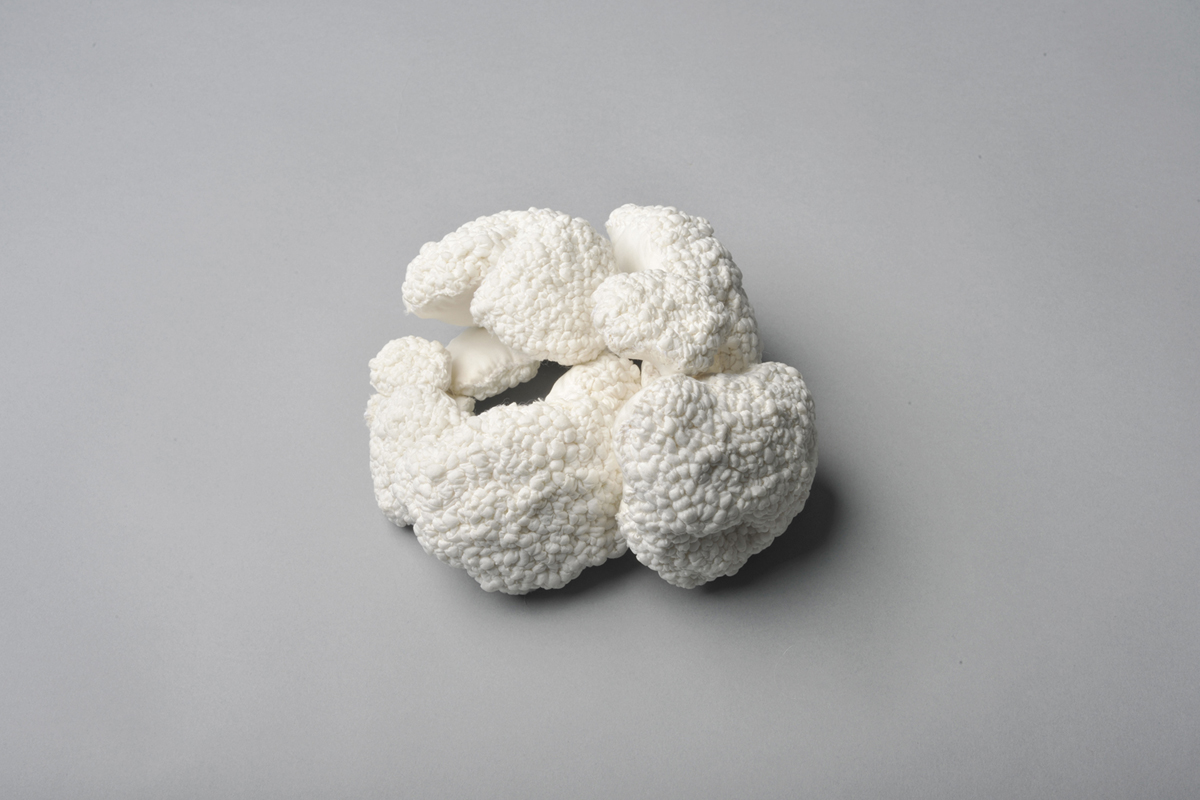
Alle Rechte vorbehalten
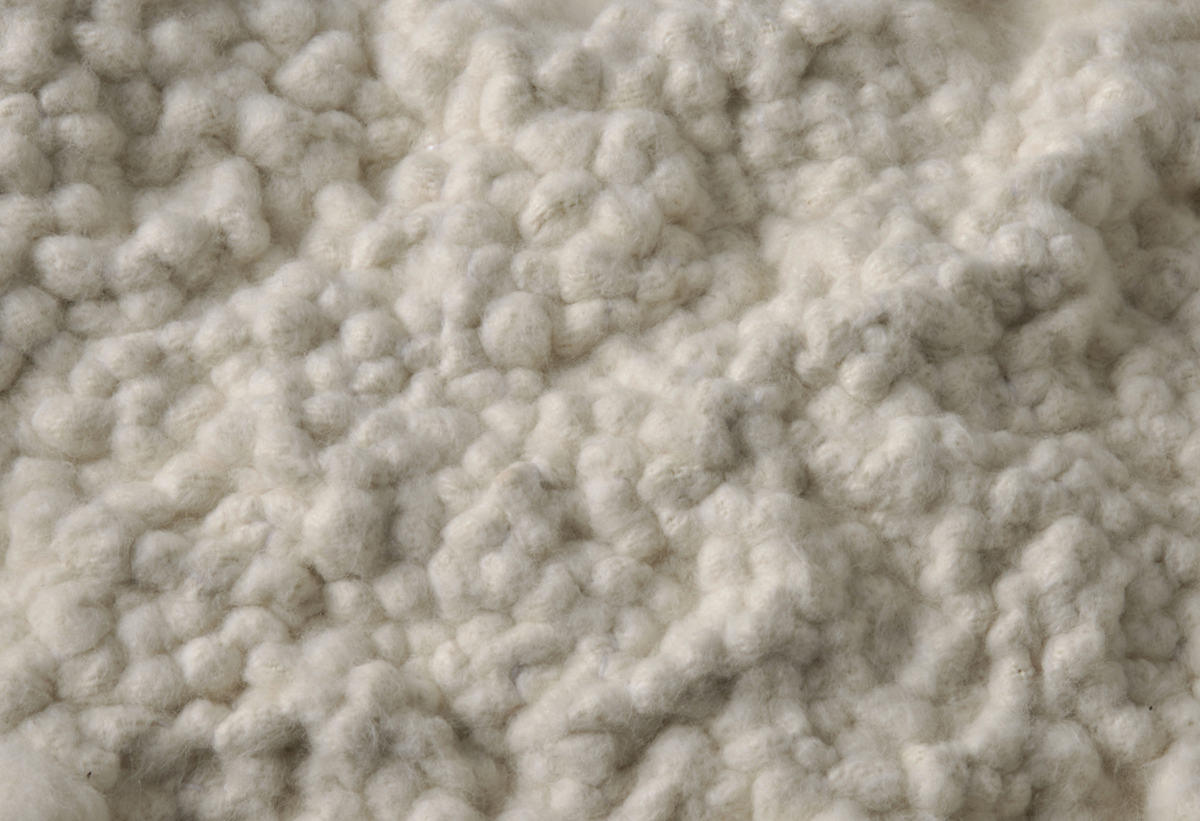
Alle Rechte vorbehalten
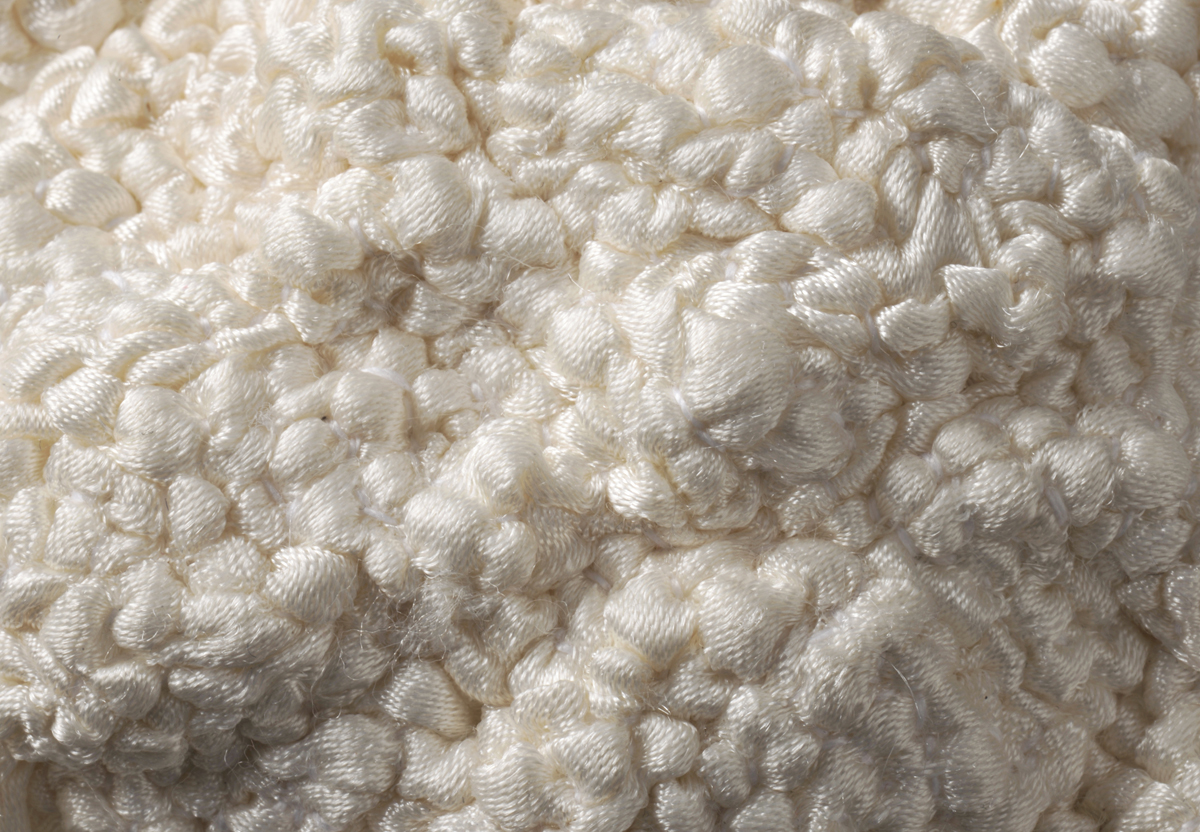
Alle Rechte vorbehalten
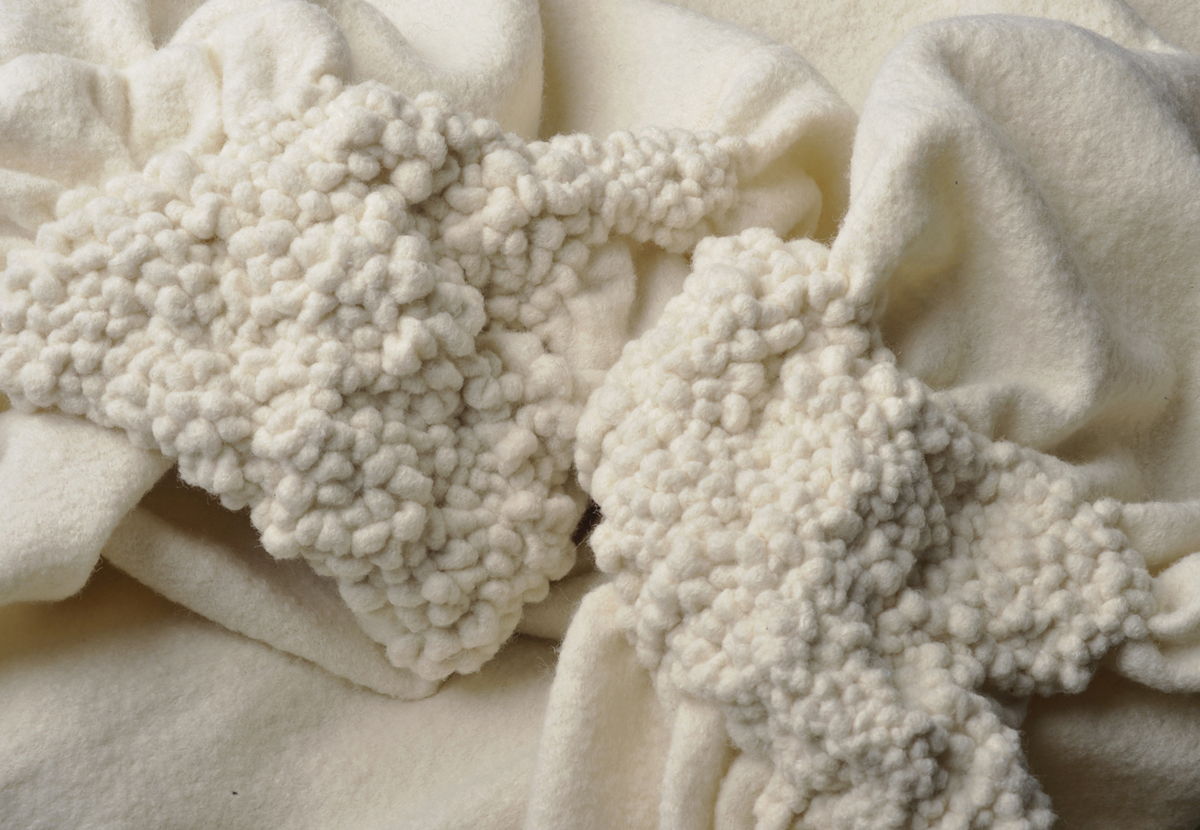
Alle Rechte vorbehalten
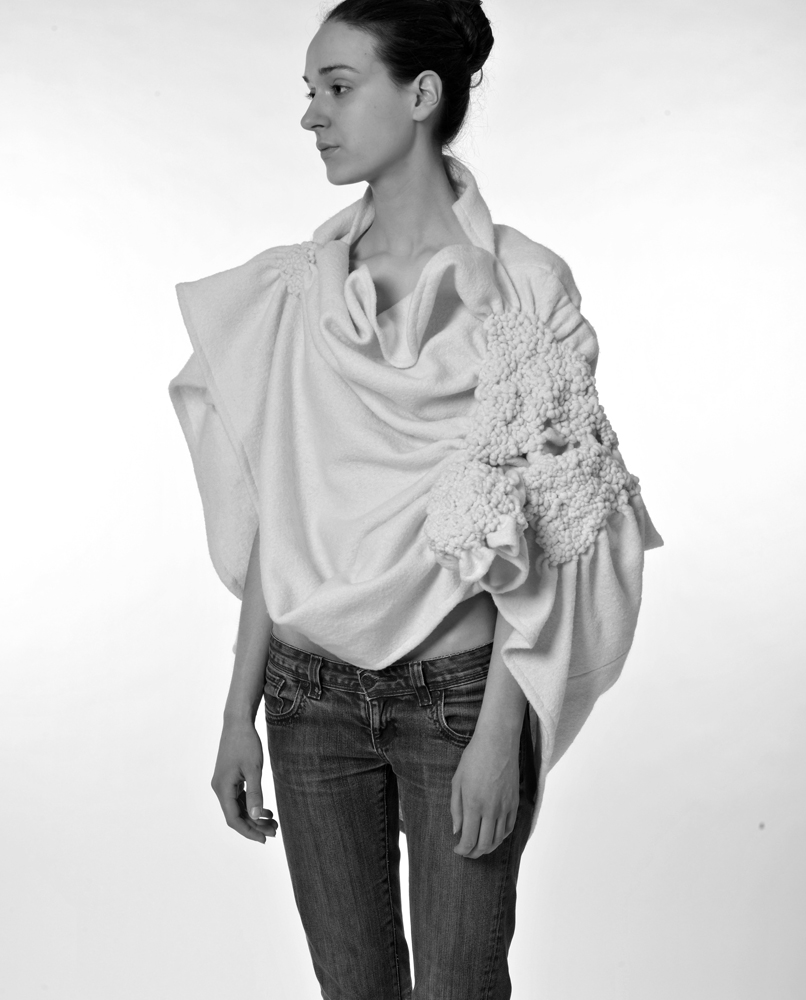
Alle Rechte vorbehalten